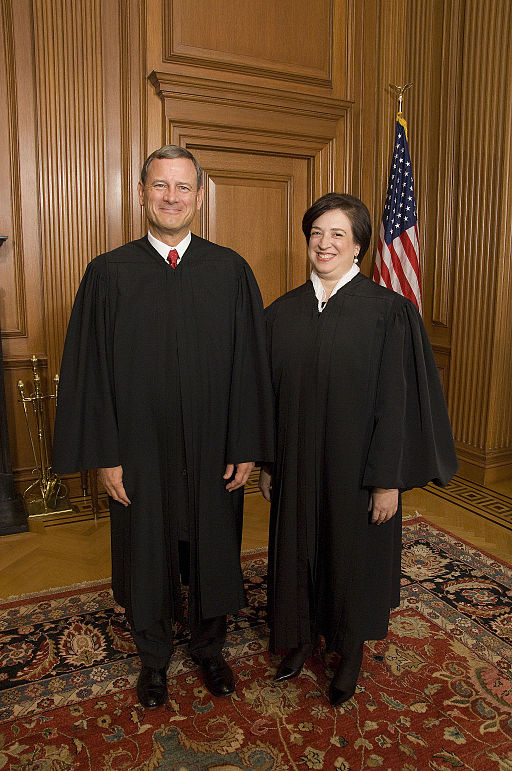Maps Drawn by AI Could Influence Elections in Partisan States
The recent decision by the majority of the Supreme Court Justices to decline to hear a case involving gerrymandering led to a strongly-worded dissent by Justice Elena Kagan who warned in a time when AI can generate detailed information, democracy is under threat by political parties that could exploit it for voting advantages.
A story in businessinsider.com outlined the judge’s point of view.
“Gerrymanders will only get worse (or depending on your perspective, better) as time goes on — as data becomes ever more fine-grained and data analysis techniques continue to improve,” Kagan wrote in her dissent. “What was possible with paper and pen — or even with Windows 95 — doesn’t hold a candle (or an LED bulb?) to what will become possible with developments like machine learning. And someplace along this road, ‘we the people’ become sovereign no longer.”
Using algorithmic predictions based on historical big data has become par for the course in artificial intelligence development, which every major tech company has integrated into its projects. Software developers have access to many AI tools and are able to use them without a license. Gerrymandering programs have already been developed and used in the 2018 midterm elections.
Chief Justice Roberts expressed no such concerns about the court’s decision to decline to review gerrymandering cases.

Chief Justice Roberts with Justice Kagan.
“We conclude that partisan gerrymandering claims present political questions beyond the reach of the federal courts,” he wrote in his majority opinion. “Federal judges have no license to reallocate political power between the two major political parties, with no plausible grant of authority in the Constitution, and no legal standards to limit and direct their decisions.”
Meanwhile, other countries are closely monitoring the use of AI for political purposes, particularly in light of how social media algorithms can predict voter interests and have been used to exploit voter biases with fake information.
A wired.com story, however, noted that the same technologies that can aid in gerrymandering for a political party can also be used to stop it and balance the party distribution in voting districts.
Democrats say the court’s ruling is damaging for their party, particularly in Wisconsin, Ohio and Pennsylvania, states that were parties to the lawsuits leading to the court’s decision not to hear the cases. The wired.com story asserts that voters want gerrymandering reform.
“The good news is that the technology needed to crunch census data and draw district maps has been democratized. It’s now much easier—and cheaper—for journalists, researchers, and civil rights groups to track redistricting, using free or low-cost tools running on a laptop. If one political party tries to redraw the map, citizens can quickly check themselves whether the changes would equate to gerrymandering. “People will know in an instant that this is really screwed,” says Li. “You didn’t have that sort of instant analysis in the past.” He pointed to the proliferation of open source groups studying gerrymandering, like the Princeton Gerrymandering Project.”
A Vice.com story cites a University of Illinois study that suggests that AI should be used to draw fair maps.
“If a group of politicians in a particular state wants to gerrymander the state to favor them, we can incorporate that into our algorithm and come up with districts which will satisfy their political agenda,” said Sheldon Jacobson, who led the U of I study. “We’re not political scientists trying to create an agenda. We’re trying to create a tool of transparency.”







Leave A Comment